Reno Fire Department Enlists Goats to Fight Fire
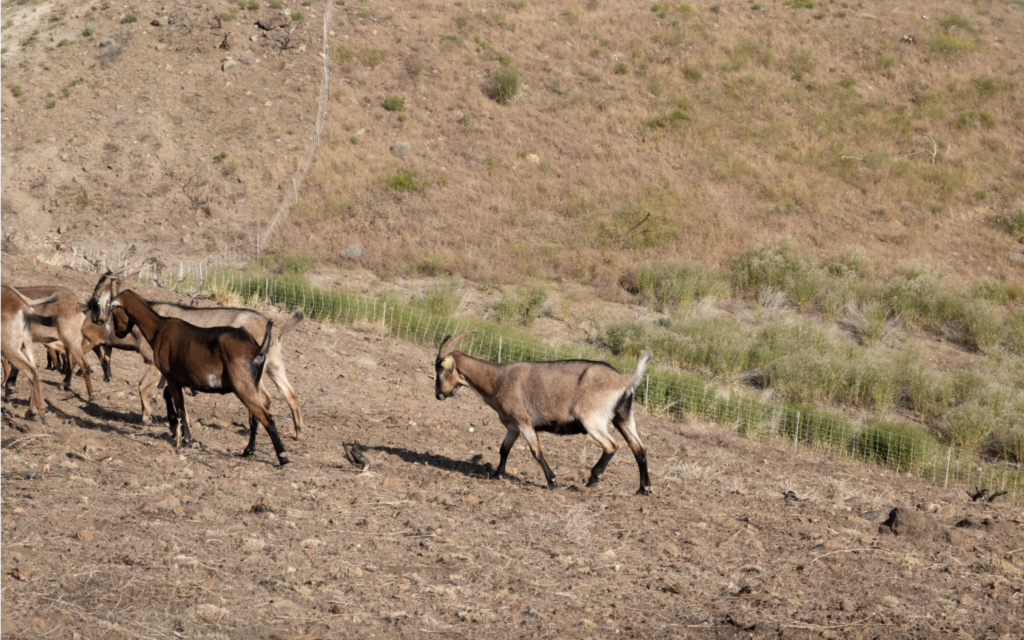
The Reno Fire Department has partnered with private and public organizations to take a natural approach to reducing wildfire risk in Reno. By Sophia Holm/KUNR.
Protecting the Protectors of the Ecosystem
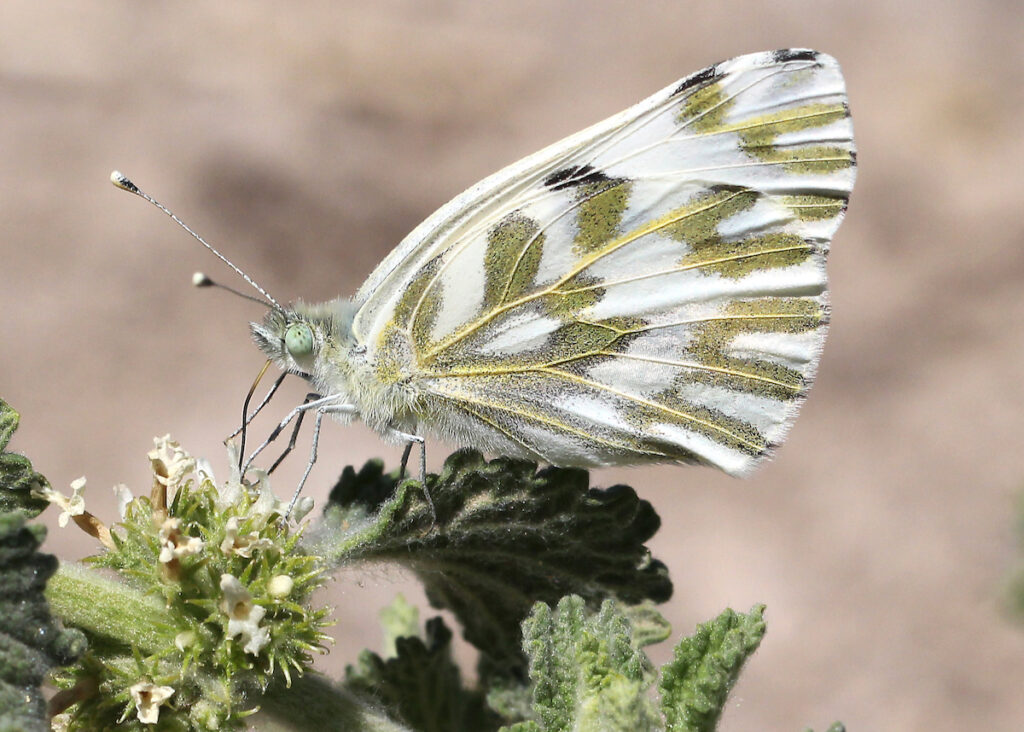
A new bill seeks to give the Nevada Department of Wildlife the ability to protect insects. By Sophia Holm.
Black Widow Vs. Alligator Lizard: Who Wins?
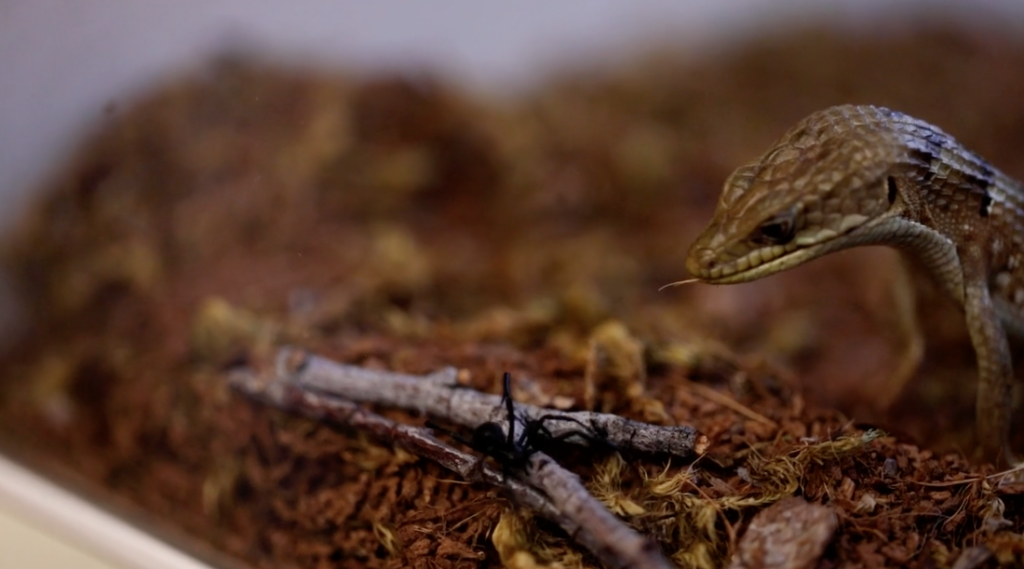
Researchers from the University of Nevada, Reno found a lizard species that is not affected by the black widow spider’s deadly toxin. By Vanesa de la Cruz Pavas.
How Fish Use Smell And Magnetic Fields to Navigate
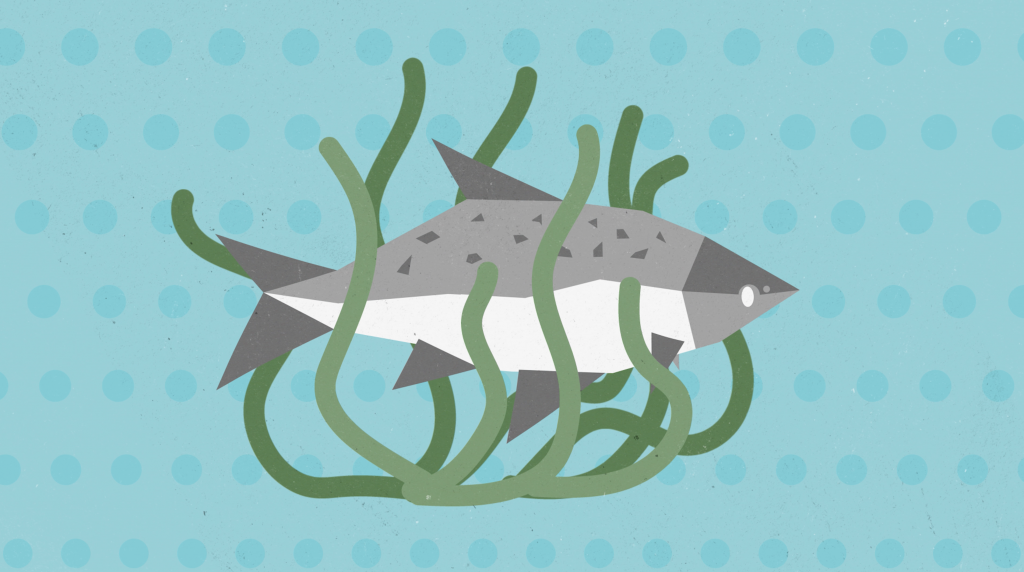
Instead of using Google Maps, imagine how cool it would be to smell your way home — and while we’re at it, imagine “home” is thousands of miles away! In this animated short, Jordan Buxton explains how fish rely on their noses, as well as their sensitivity to Earth’s magnetic fields, to navigate long distances.
Life Finds a Way: How Scientists Could Revive Extinct Animals
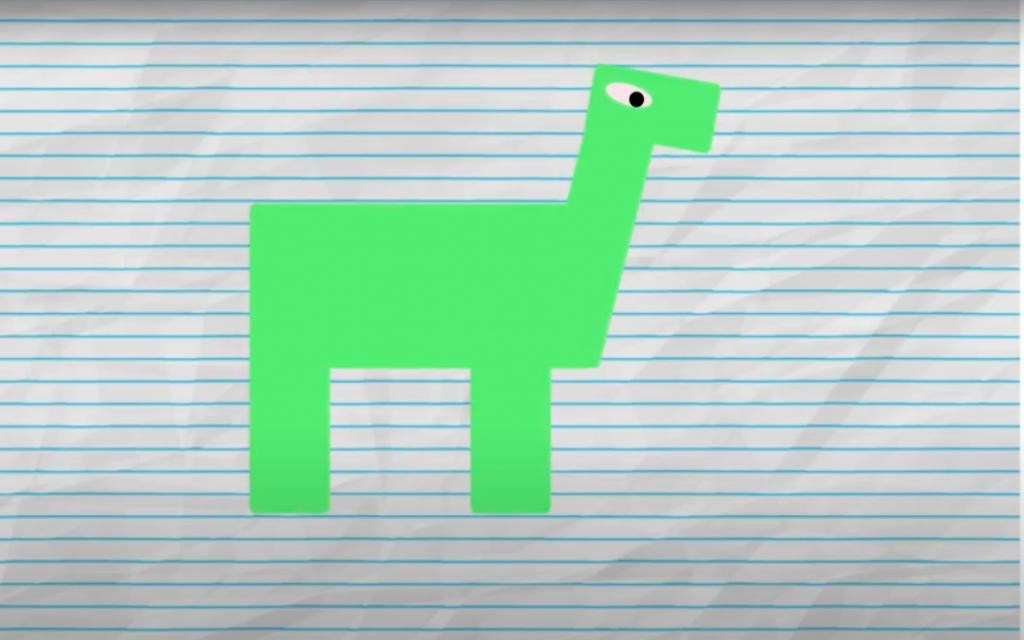
Bringing back the wooly mammoth? It’s not just fodder for speculative fiction! In this animated short, Luis Martinez walks us through the theoretical process of restoring an extinct species with the scattered remains of its genetic material.
The Unique Biology Of The Panda From Pixar’s ‘Turning Red’
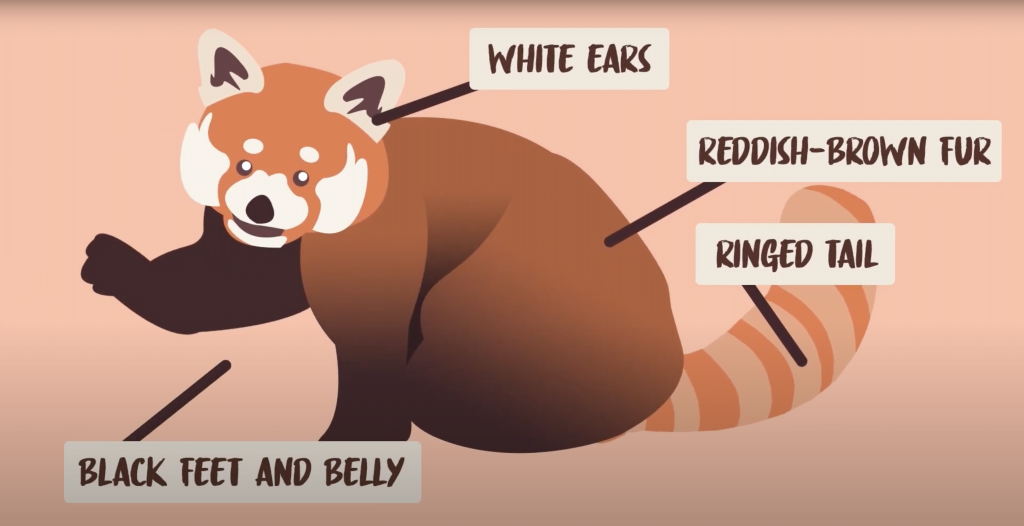
Red pandas were actually called “pandas” long before their more popular black-and-white cousins. But they aren’t actually closely related to pandas.
How Do Large Desert Animals Find Water?
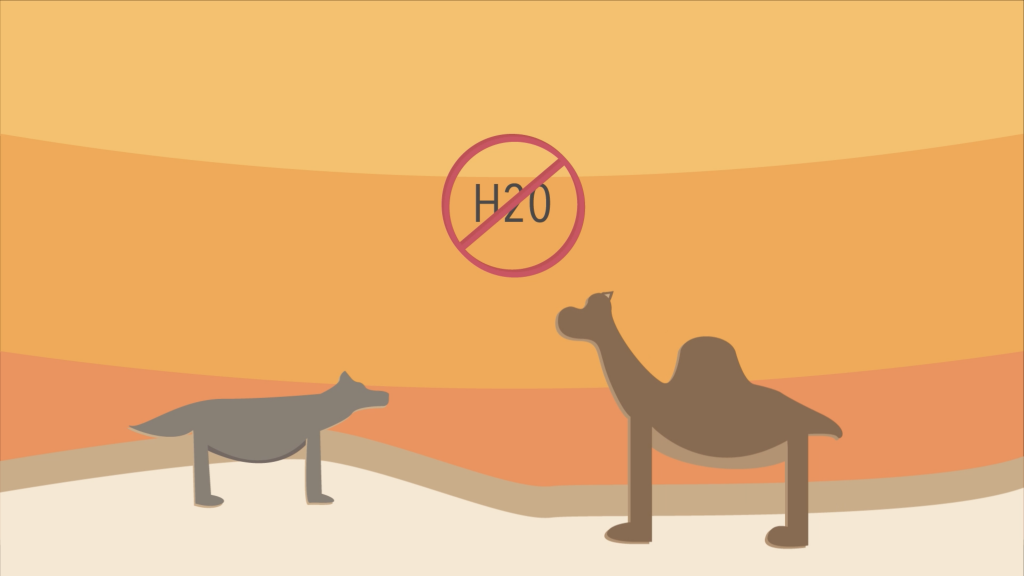
Large wildlife have a more difficult time keeping cool and hydrated, and have adapted differently to survive in arid ecosystems. From coyotes to tortoises to camels, Owen Megura explains some unique survival tactics large animals have evolved in the harsh conditions of their desert habitat in this short animation.
Biologists Debut Children’s Book to Bring Attention to Bee Diversity
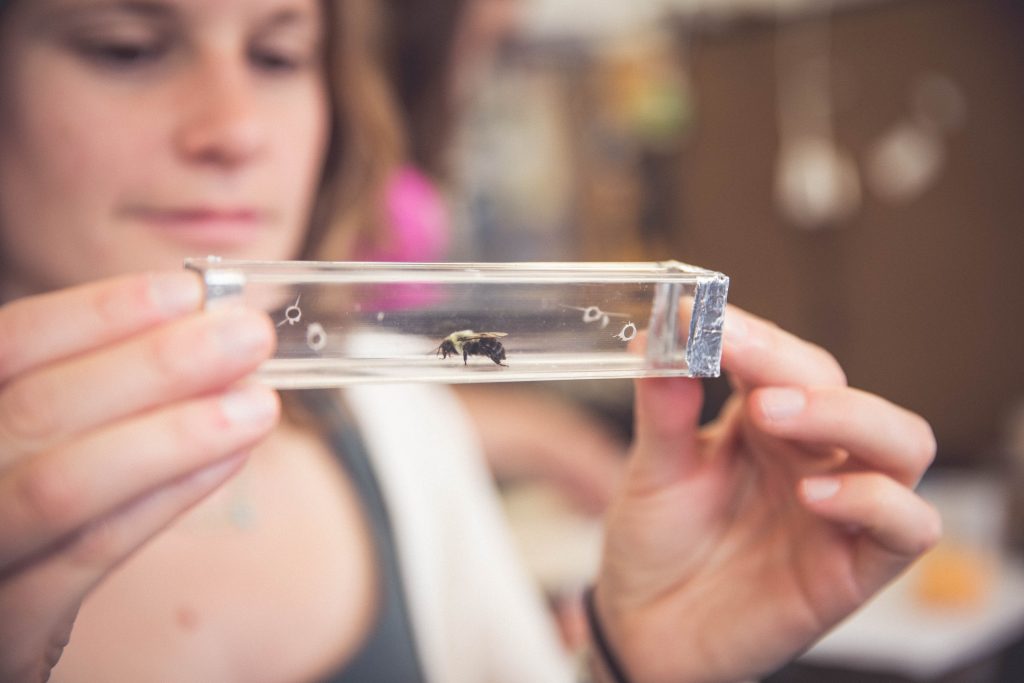
Two scientists bring melittology to children’s lit in order to champion the importance of native bees and nurture an early sense of appreciation for the natural world.
Meet The Albino Pac-Man Frog (Yes, It’s A Real Animal!)
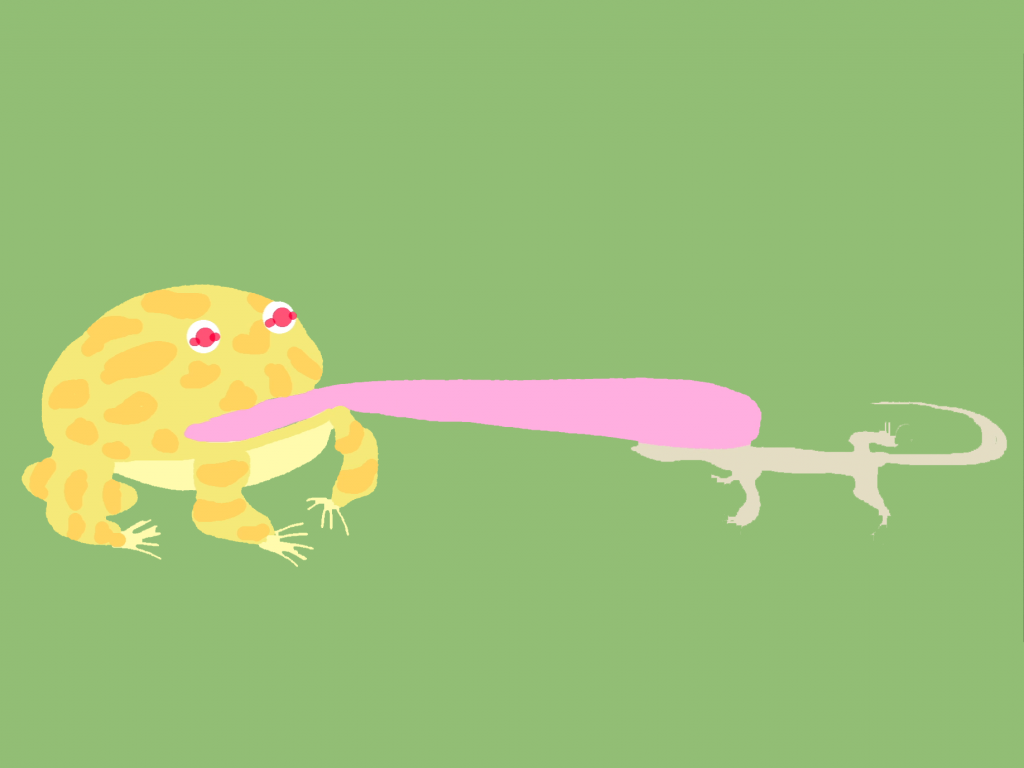
Picture a the classic Pac-Man meeting a delectable pineapple bun — add legs and eyes and you have the Pac-Man frog. As their name implies, these ambush predators will eat almost anything!
Bureau of Land Management Begins What Could Become Largest Gather of Wild Horses In Nevada
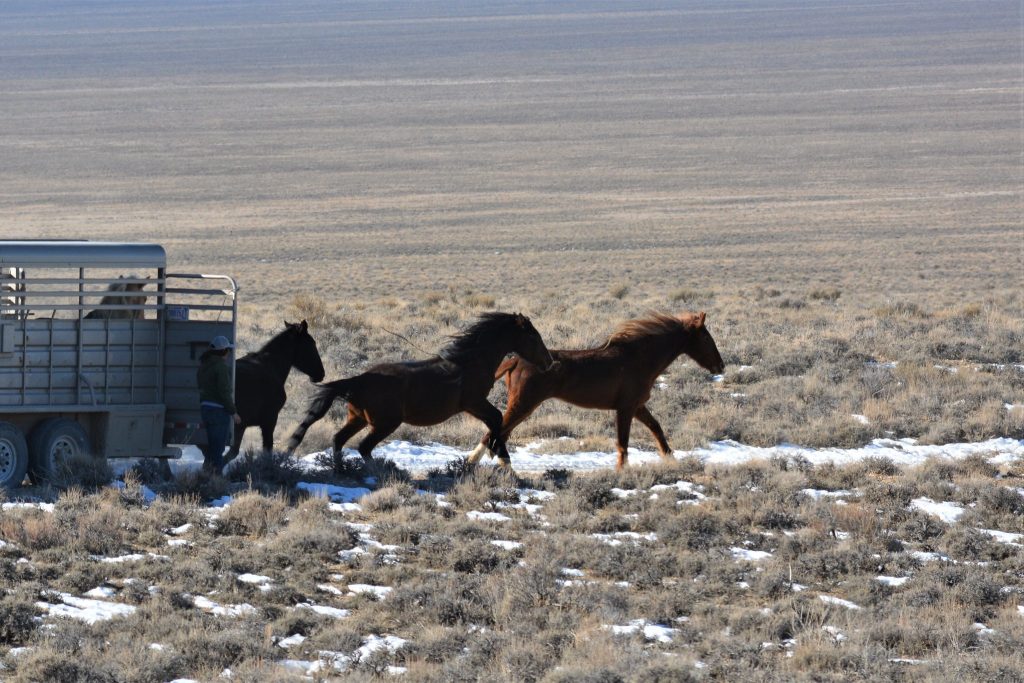
The Bureau of Land Management plans to capture at least 22,000 wild horses and burros — nearly doubling the number they captured in 2021.


